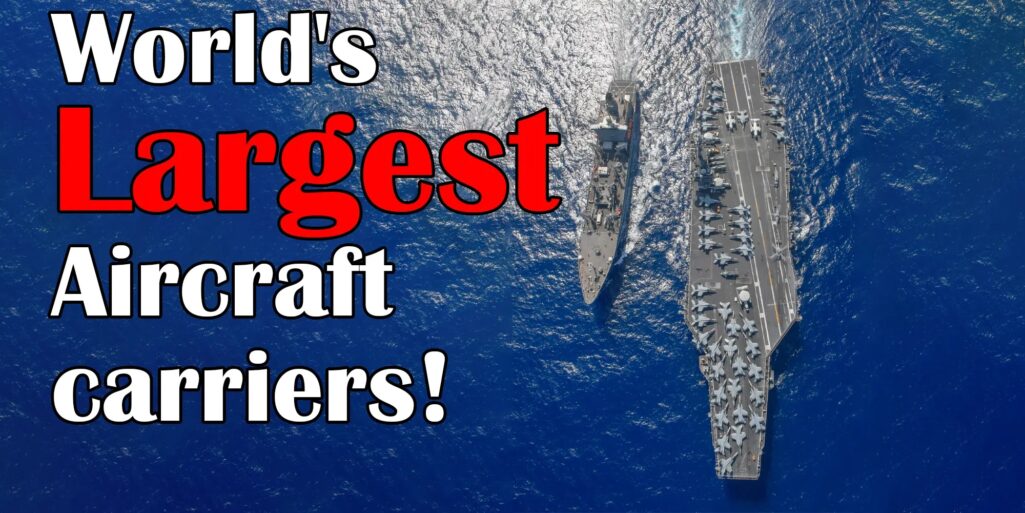
Since World War II, aircraft carriers have been demonstrated to be superior as floating airbases. This article will cover the world’s top 10 aircraft carriers in the world by displacement.
Gerald R Ford Class, United States
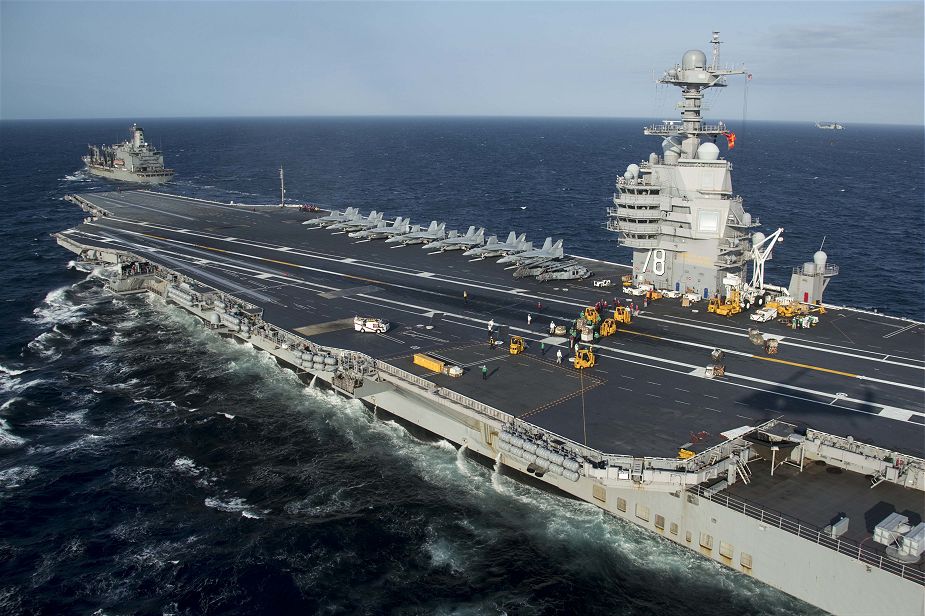
The Gerald R Ford Class is the world’s largest aircraft carrier, with a total load displacement of 100,000t. The USS Gerald R. Ford (CVN 78), the class’s first carrier, was delivered to the US Navy in May 2017.
The CVN-78 has a 78-meter-wide flight deck with an electromagnetic aircraft launch mechanism and improved arresting gear. The carrier can carry more than 75 aircraft and 4,539 men, including ship’s company, air wing, and other support workers.
The Gerald R Ford is powered by two A1B nuclear reactors, which have a capacity that is 250 percent more than the Nimitz Class. RIM-162 Evolved Sea Sparrow missiles, Rolling Airframe Missiles, and the Phalanx close-in weapon system are among the weapons.
Nimitz Class, United States
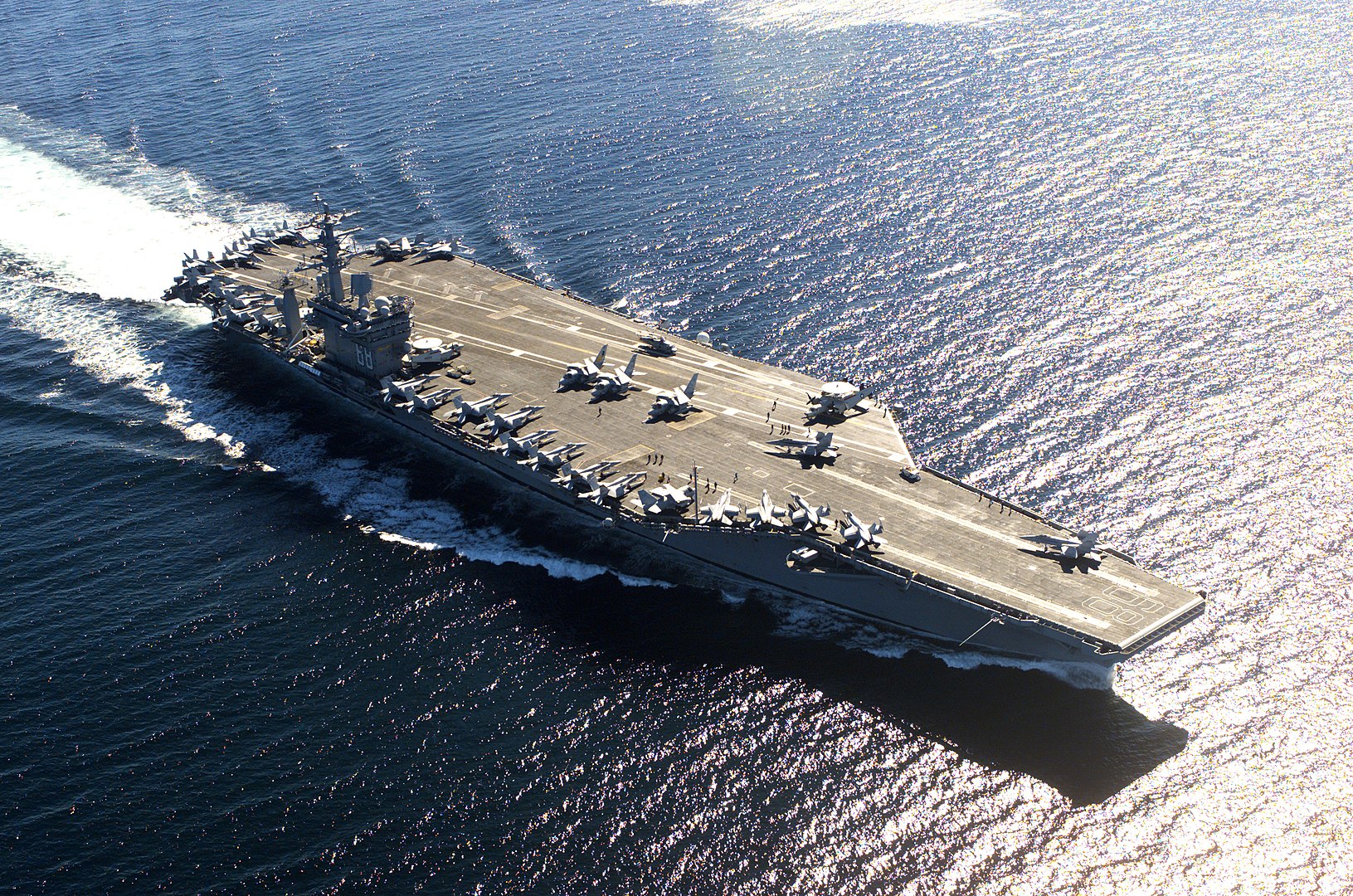
The Nimitz Class is the world’s second-biggest aircraft carrier, with a total load displacement of 97,000t. The first ship in the class, the USS George H.W. Bush (CVN 77), was launched in January 2009, while the tenth and last ship, the USS George H.W. Bush (CVN 77), was deployed in May 1975.
The 332.8m-long supercarrier has a 4.5-acre flight deck that can accommodate more than 60 aircraft. Each ship rises 20 stories above the ocean and can house 3,000 to 3,200 ship’s company, 1,500 air wings, and 500 additional crew members.
Two nuclear reactors propel the Nimitz Class with a top speed of more than 30kt. The vessel’s Sea Sparrow missiles, Phalanx close-in weapon system, and Rolling Airframe Missiles protect it from possible threats.
Queen Elizabeth Class, United Kingdom
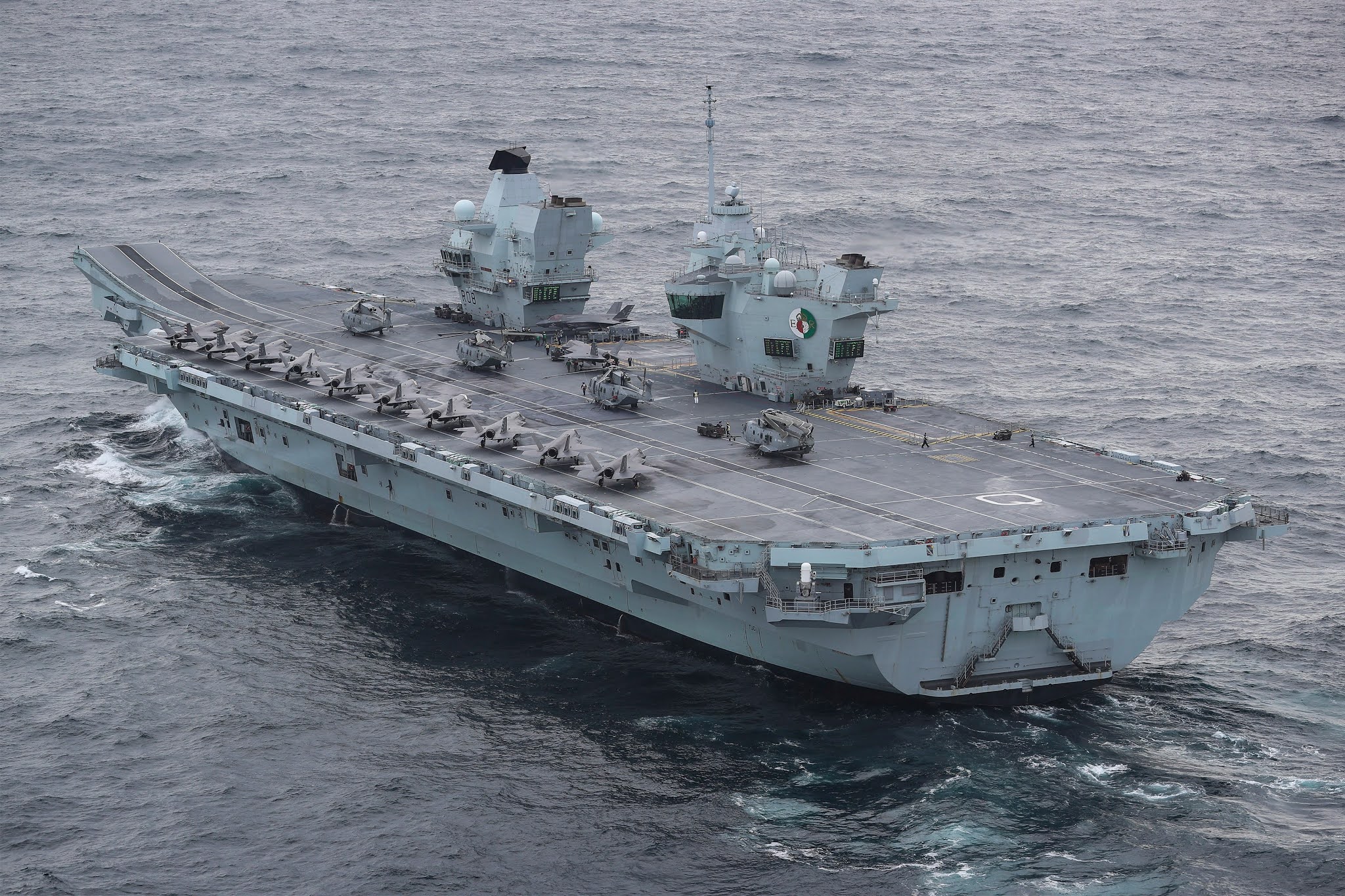
The Queen Elizabeth Class aircraft carriers, displacing 65,000 tons, are the largest warships ever built for the Royal Navy. The first vessel in the class, HMS Queen Elizabeth, underwent sea trials in June 2017, with the second carrier, HMS Prince of Wales, set to enter service in 2023.
The vessel’s cutting-edge technology and automated systems enable operations with a streamlined crew of 679.
For self-defense against asymmetric threats, each vessel in the class is equipped with a Phalanx CIWS, 30mm guns, and mini-guns. Two Rolls-Royce MT30 gas turbines power the aircraft carrier and four diesel generator sets, totaling 109MWe. The vessel’s propulsion system will allow it to sail at a maximum speed of 25kt.
Admiral Kuznetsov, Russian Federation
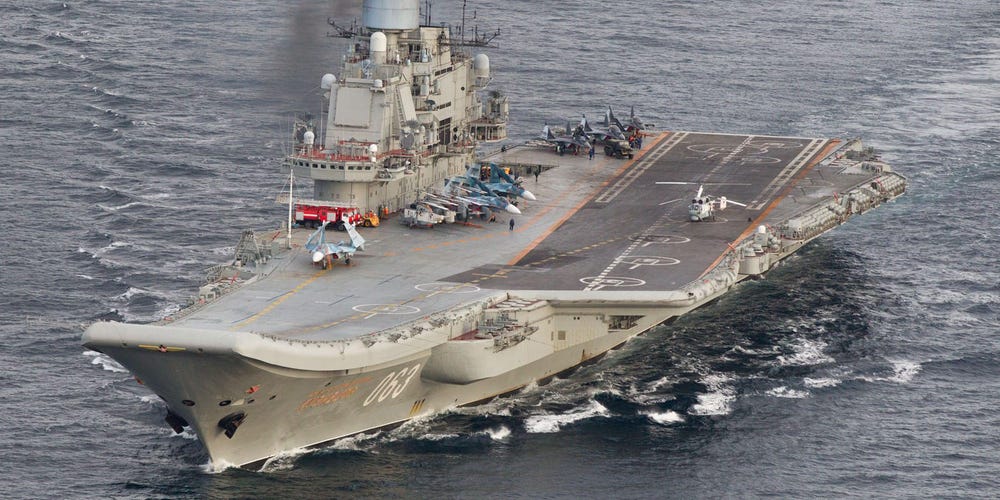
The Admiral Kuznetsov is the Russian Navy’s sole active aircraft carrier. Kuznetsov is the fourth biggest aircraft carrier in the world, built at the Nikolayev South shipyard. It has a total displacement of 58,500t at full load.
The Admiral Kuznetsov’s 14,700m2 flight deck can house Su-33, MiG-29K, and Su-25UTG/UBP STOVL fighters, as well as Ka-27S, Ka-27LD32, and Ka-27PLO helicopters. The ship can carry 1,960 crew members, 626 aircrews, and 40 flagstaffs.
The Russian aircraft carrier is powered by a steam turbine propulsion system with a top speed of 32 knots. The arsenal includes AK-630 AA guns, CADS-N-1 Kashtan CIWS, P-700 Granit anti-ship cruise missiles, and RBU-12000 UDAV-1 ASW rocket launchers.
Liaoning, China
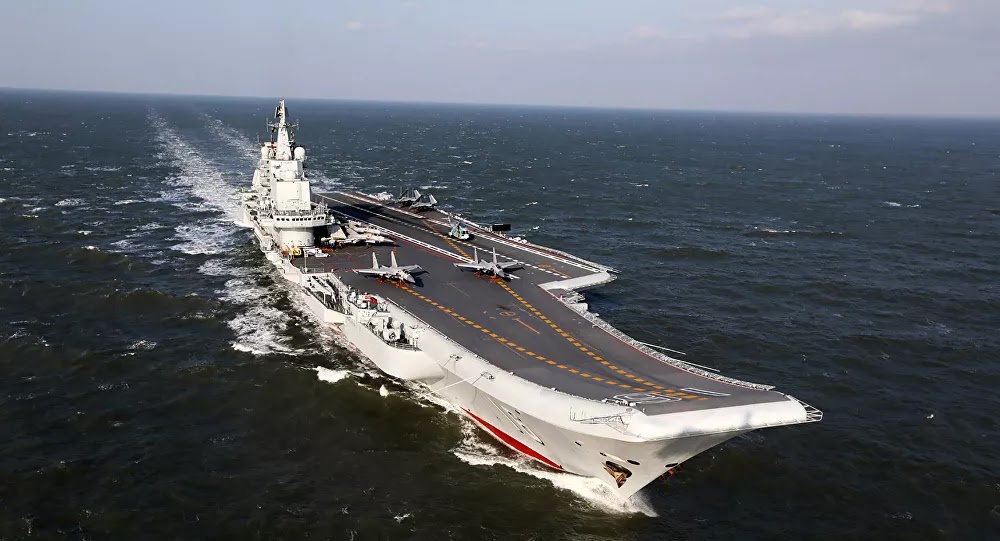
Liaoning (16) is China’s sole aircraft carrier in service with the People’s Liberation Army Navy (PLAN). Liaoning was previously known as Riga and Varyag and was developed as part of the Soviet Union’s Admiral Kuznetsov Class.
Chong Lot Travel Agency of Hong Kong purchased Liaoning in an auction in 1998 with the intention of transforming it into a floating casino, but the modification was never completed. Following the fall of the Soviet Union, the unfinished ship was given to Ukraine. It was eventually purchased by China and rebuilt in the Dalian Shipyard to serve as an aircraft carrier for the PLAN. In September 2012, Liaoning was eventually put into operation.
The aircraft carrier is outfitted with anti-submarine warfare rocket launchers, Type 1030 CIWS, and HQ-10 missiles. The vessel, which has a displacement of more than 58,000t (full load), is propelled by a steam turbine. Its flight deck can accommodate up to 50 aircraft, including fixed-wing planes and helicopters.
India’s INS Vikramaditya
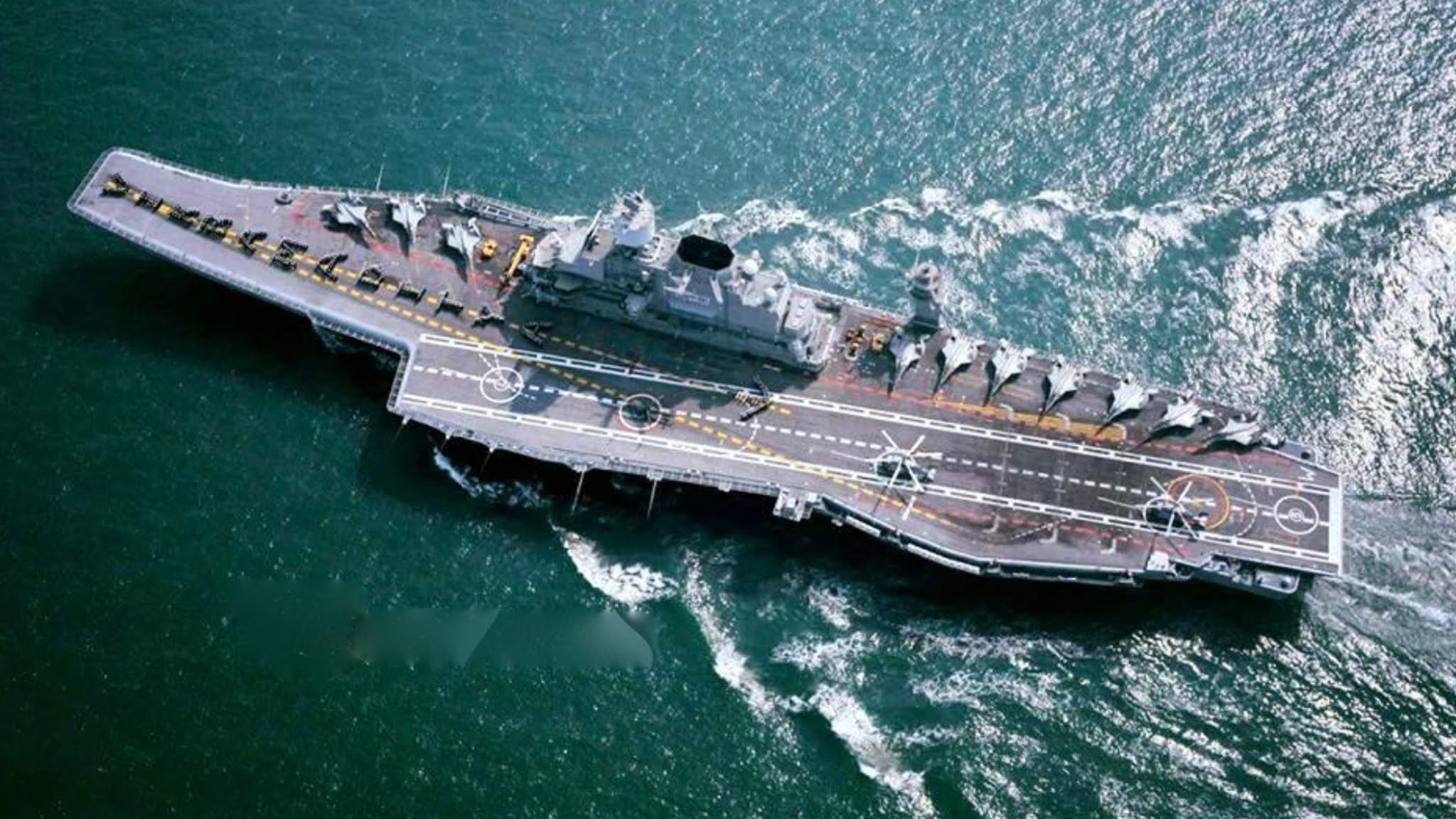
The Indian Navy’s largest warship, INS Vikramaditya, has a displacement of 44,500 tons. It is a modified Kiev-class aircraft carrier obtained from Russia that was commissioned in November 2013.
The battleship is 284 meters long and 60 meters wide. It can transport up to 30 aircraft, including MiG 29K/Sea Harrier, Kamov 31, Kamov 28, Sea King, ALH-Dhruv, and Chetak helicopters. Anti-ship missiles, air-to-air missiles, guided bombs, and rockets are among the weapons aboard the carrier.
INS Vikramaditya’s propulsion system consists of eight turbo-pressurized boilers and four geared steam turbines with a total output power of 180,000shp. The vessel’s six turbo-alternators and six diesel alternators generate a total of 18MW.
France’s Charles de Gaulle (R91)
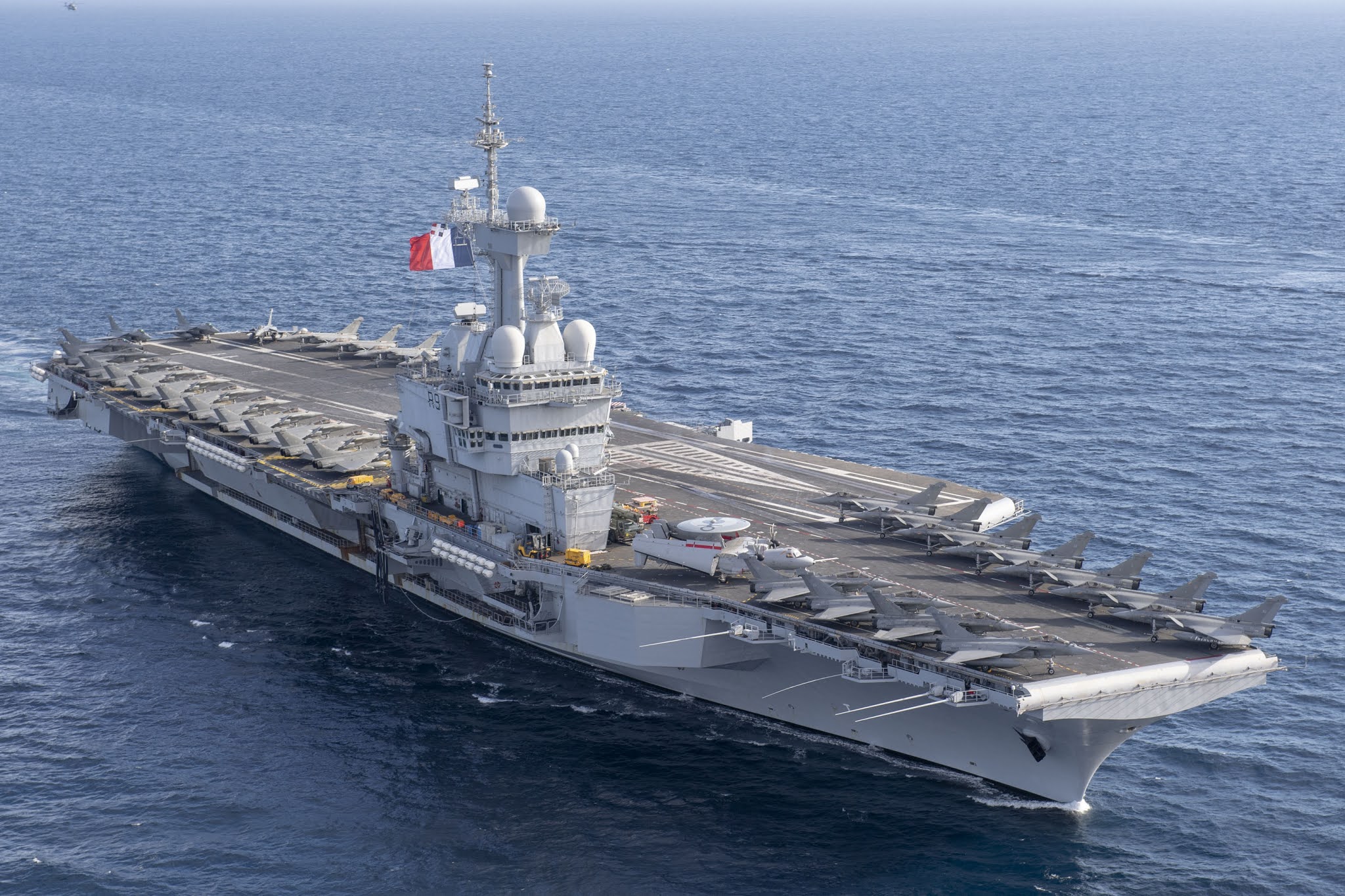
The Charles de Gaulle (R91) aircraft carrier is the biggest warship in Western Europe and the first French nuclear-powered surface ship. It is also the only nuclear-powered carrier operating outside of the United States Navy.
The French aircraft carrier had a six-month restoration completed in July 2013 at the Toulon naval station. It is capable of supporting the operations of 40 fixed-wing and helicopter aircraft, including the Rafale M, Super Étendard, E-2C Hawkeye, SA365 Dauphin, EC725 Caracal, and AS532 Cougar.
With a total load displacement of 42,000t, the vessel transports 1,350 ship’s company and 600 air wings. Its power plant is made up of two K15 pressurized water reactors and has a top speed of 27kt.
Brazil, São Paulo (A12)
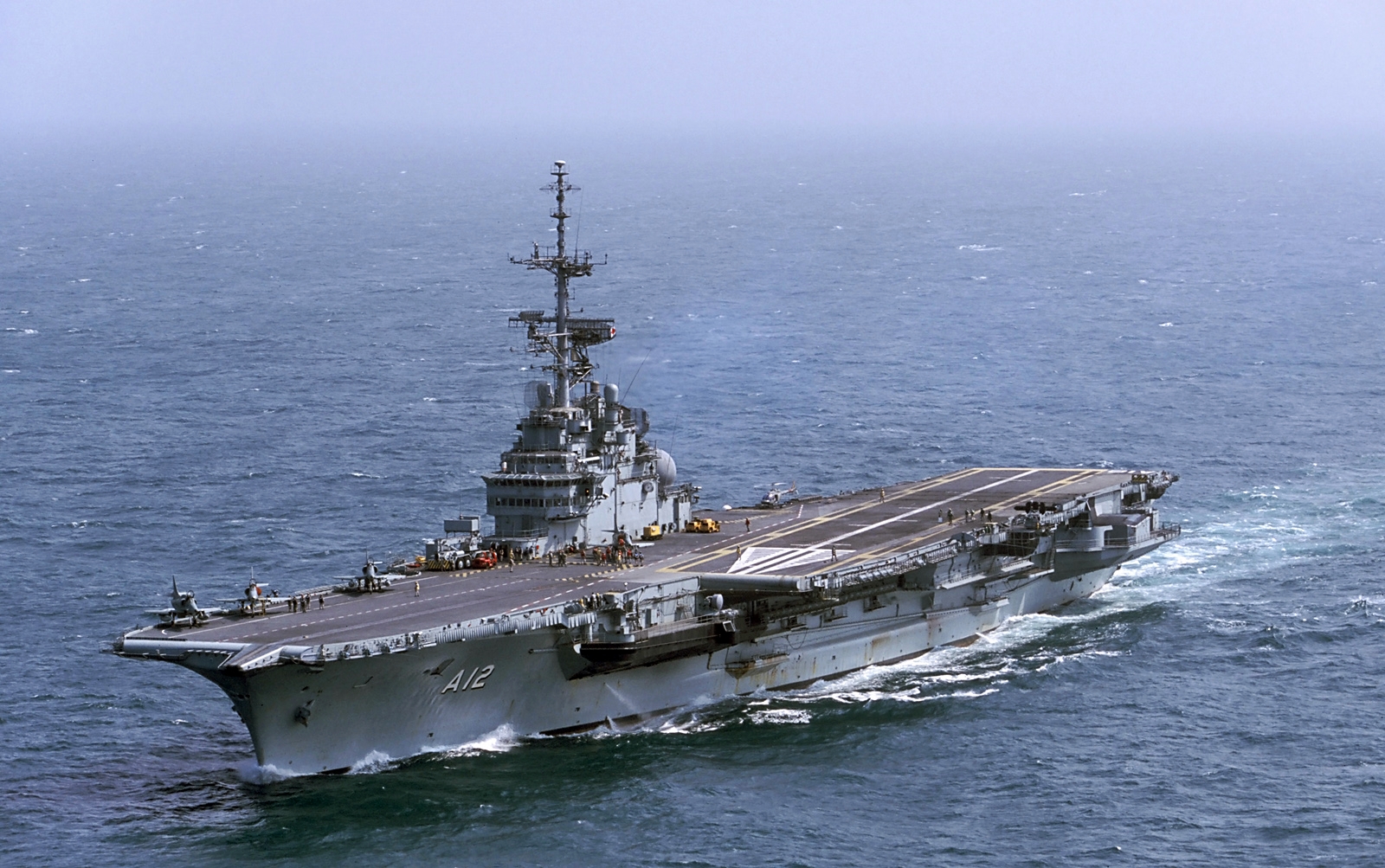
São Paulo (A12) is the world’s seventh-largest aircraft carrier, carrying more than 32,000 tons when fully loaded. It is a Clemenceau-class aircraft carrier that is presently in service with the Brazilian Navy. The carrier was sold to Brazil in 2000 after being commissioned by the French Navy in 1963 as Foch (R99).
The São Paulo has a crew complement of 1,920 people, comprising 1,338 ship’s company and 582 Air Group personnel. Its flight deck has space for 39 aircraft, including fighters, fixed-wing planes, and helicopters.
São Paulo is one of the most powerful conventional aircraft carriers, with six boilers producing 126,000shp. The vessel’s propulsion system has a top speed of 32 knots.
Cavour (550), Italy
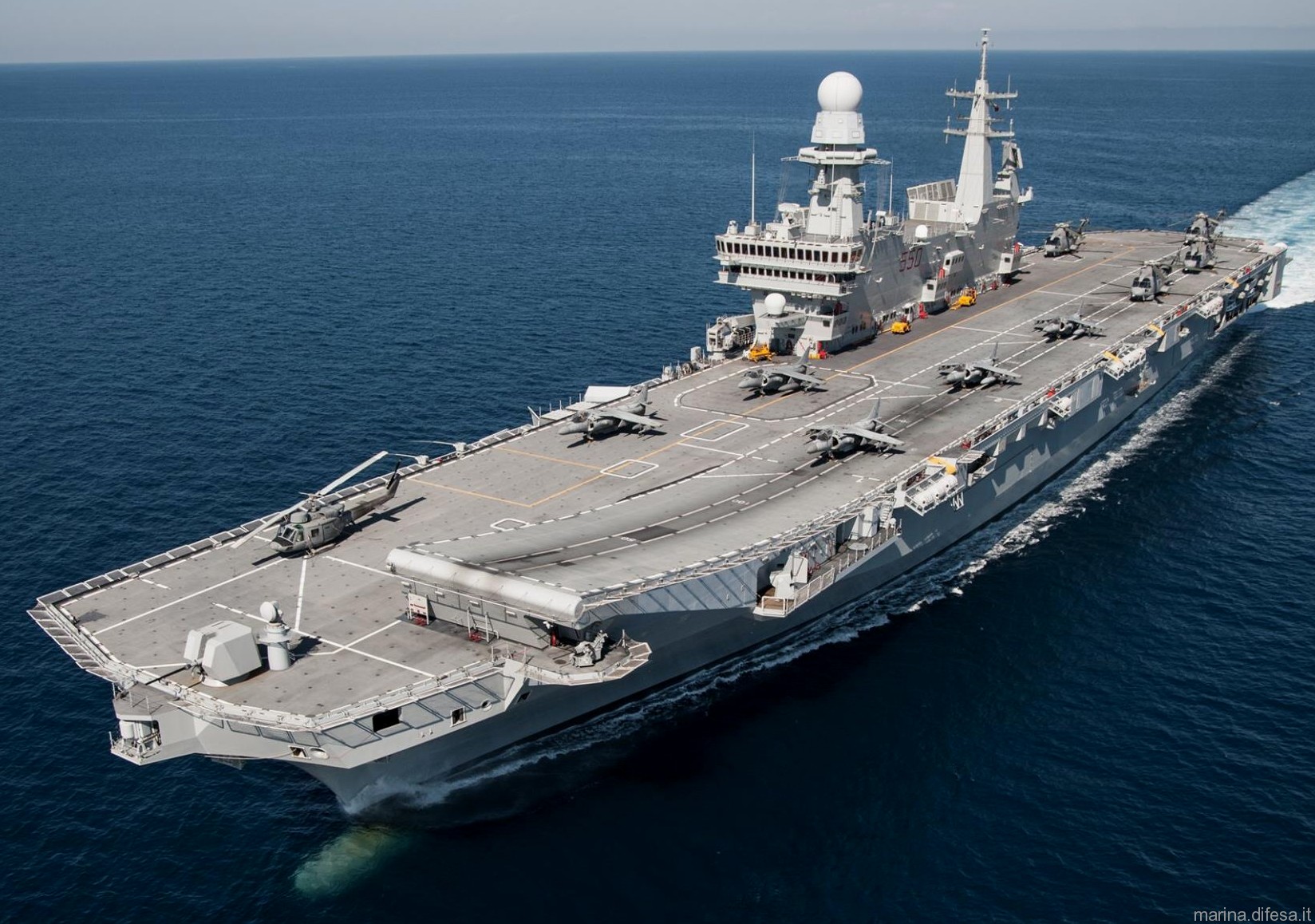
The Cavour (550) is the world’s ninth-largest aircraft carrier, with a total load displacement of 30,000 tons. The Italian aircraft carrier serves as the Italian Navy’s flagship (Marina Militare).
The Cavour has a 232.6m × 34.5m flight deck that can handle fixed-wing aircraft such as the AV-8B Harrier and JSF and helicopters such as the EH101, AB212 NH 90, and SH3D. The warship can accommodate 1,292 crew members, including the military.
Short-range defensive systems, firearms, and decoy launchers are among the weapons used to protect against various threats. The power plant, which incorporates four 22MW gas turbines, has a maximum sustained speed of 29kt.
India’s INS Viraat
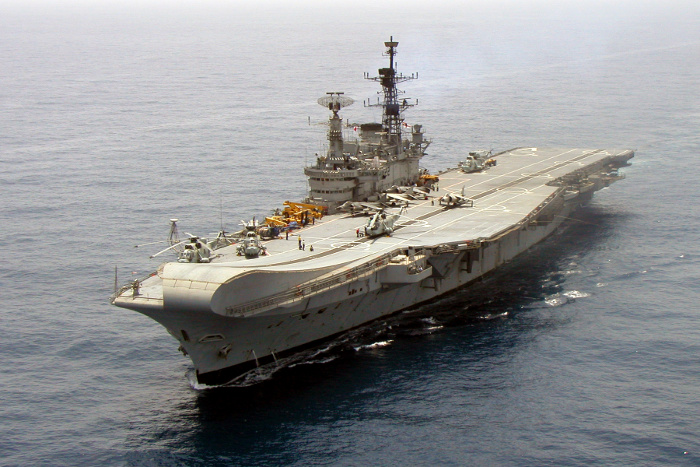
The Indian Navy’s INS Viraat (R22), the world’s tenth biggest aircraft carrier, is a Centaur-Class aircraft carrier. It is also the Indian Navy’s oldest carrier and serves as its flagship. It was commissioned into the Royal Navy in 1959 as HMS Hermes and sold to India in 1986.
The INS Viraat can carry up to 30 fixed and rotary-wing aircraft, including the Sea Harrier, Westland Sea King, HAL Chetak, and HAL Dhruv. It joins a crew of 1,350 people, including 43 officers.
The Viraat aircraft carrier is protected against aerial and surface threats with Bofors AA guns and Barak surface-to-air missile launchers. The steam turbine propulsion system has a top speed of 28kt.
No comments:
Post a Comment